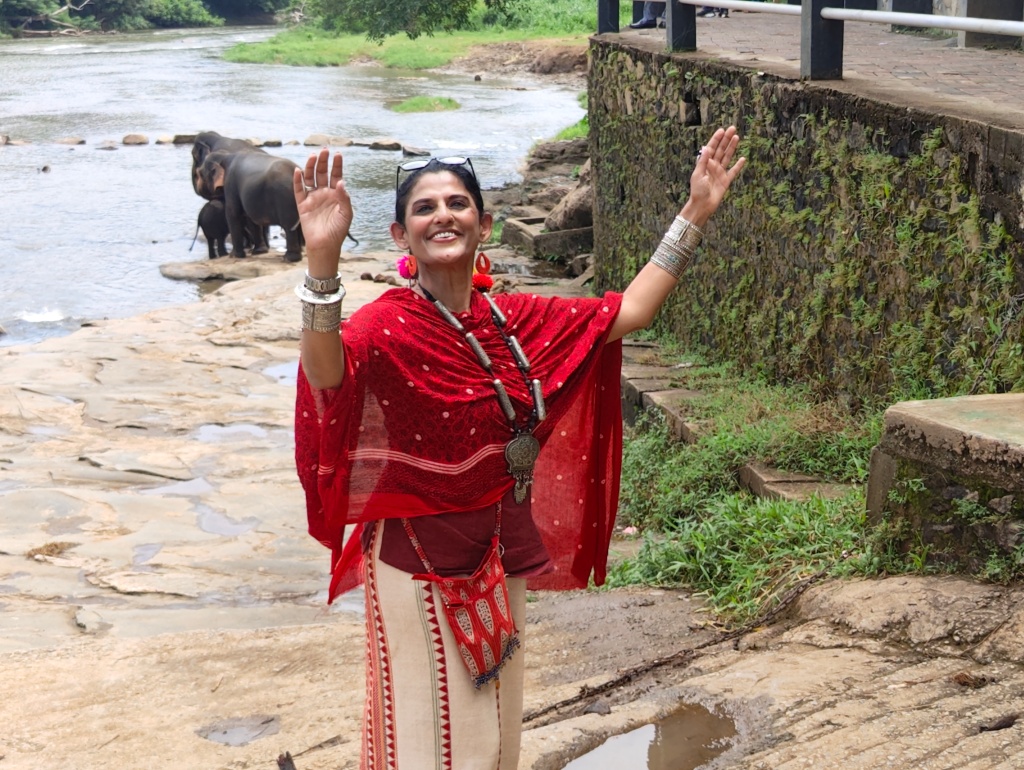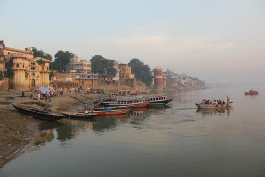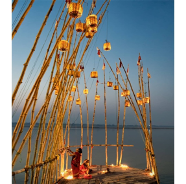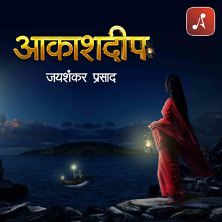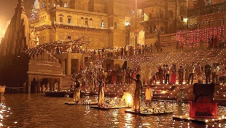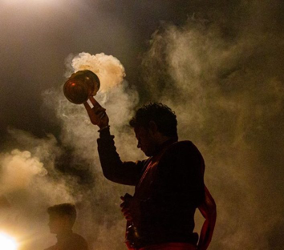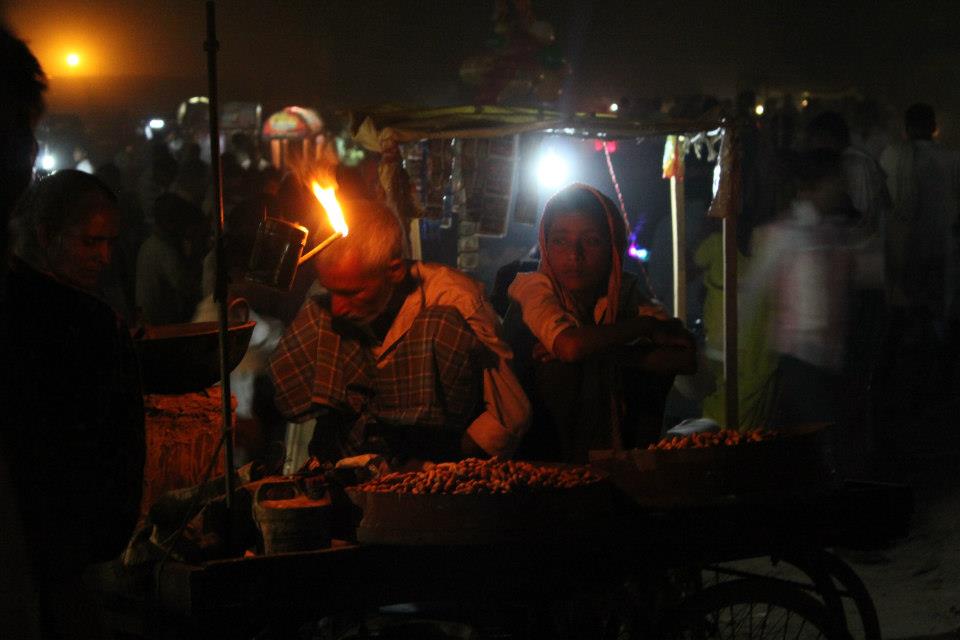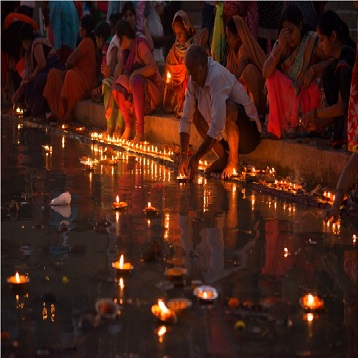Navina Jafa
(Published in The Hindu May 28, 2018 )
WITH A PRAYER ON PARCHED LIPS
As Delhi warms up to yet another scorching Ramzan, here are some interesting vignettes that define the month for the faithful and the flawed
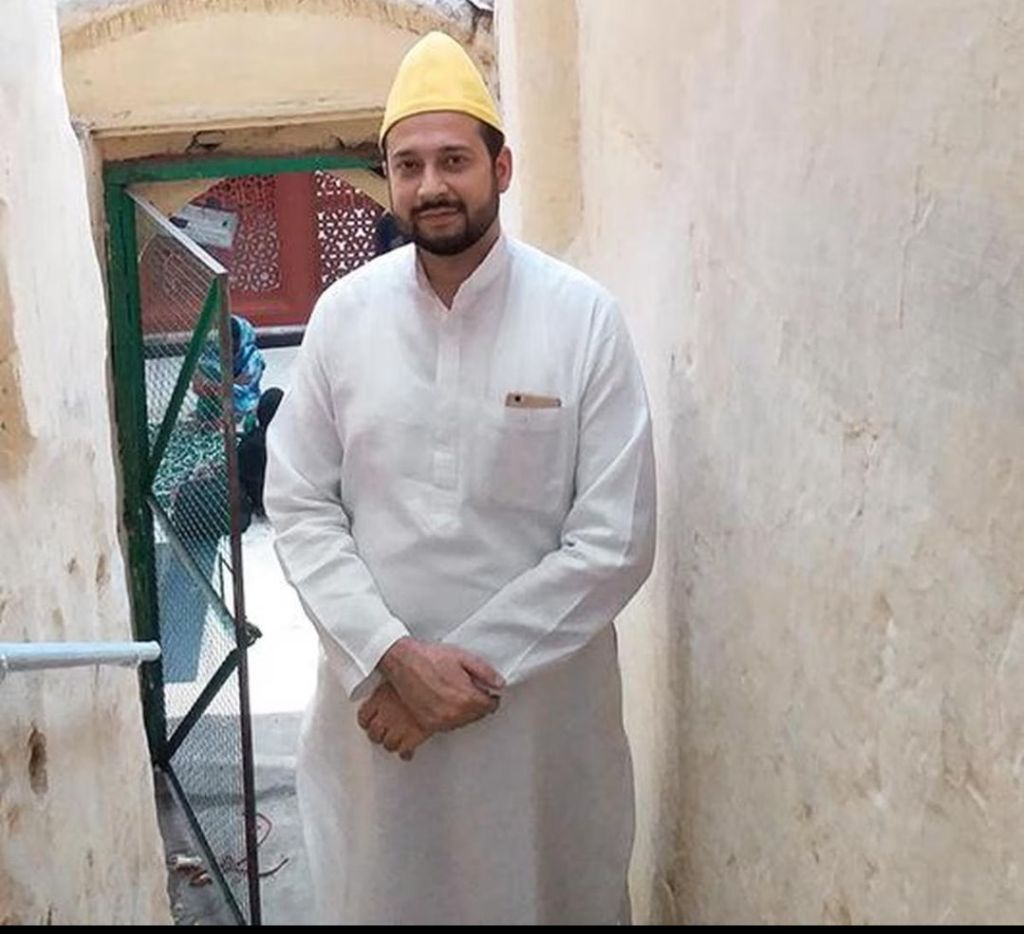
Sufi Hospice: Hazrat Nizamuddin
For 29 days Muslims all over the world fast to discipline their mind and body in the auspicious month of Ramzan whose root word “ramids” means scorching heat against which is the challenge for the believers to fast from sunrise to sunset. When one hour remains to break the fast, palpable ardour fills the air as crowds of people organise foods in plates prominent among which are dates, water and cut fruits, spaces such as courtyards of some Sufi shrines and mosques like the Jama Masjid are lighted, and even cannon balls are shot to symbolise the break of fast every single day of the sacred month.
Against this backdrop are punctuated enthralling tales of historical-sociological events and anecdotes in Delhi. Mirza Arif, a descendant of the Mughals, a well known poet narrates, “Roza Kushai is the first fast that a child undertakes when he is old enough signalling that he is grown up to participate in an act of religious devotion. It was tedious to remain hungry throughout the day, but as the fast drew to a close, I remember becoming extremely excited. I wore new clothes and was adorned with a kanthi (garland made of jasmine and roses), a large silver plate decorated with a number of small bowls with different foods meant for a member of the family and other neighbours were placed before me. When I broke the fast, the bowls were sent to different houses and each person then put his gift money for the child in the silver plate. This custom not only saved money from feeding a whole meal to a large number of people, but the ritual generated money for the child and his family, served to create a brotherhood in the community and inspired other younger children to fast.”
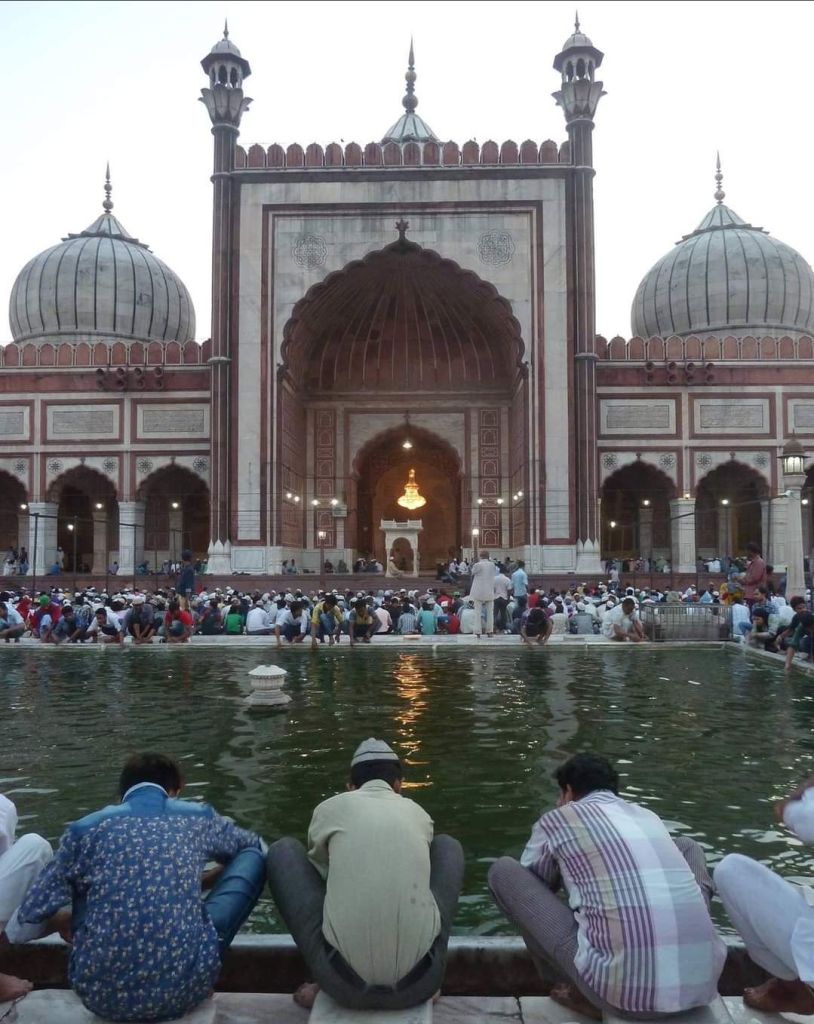
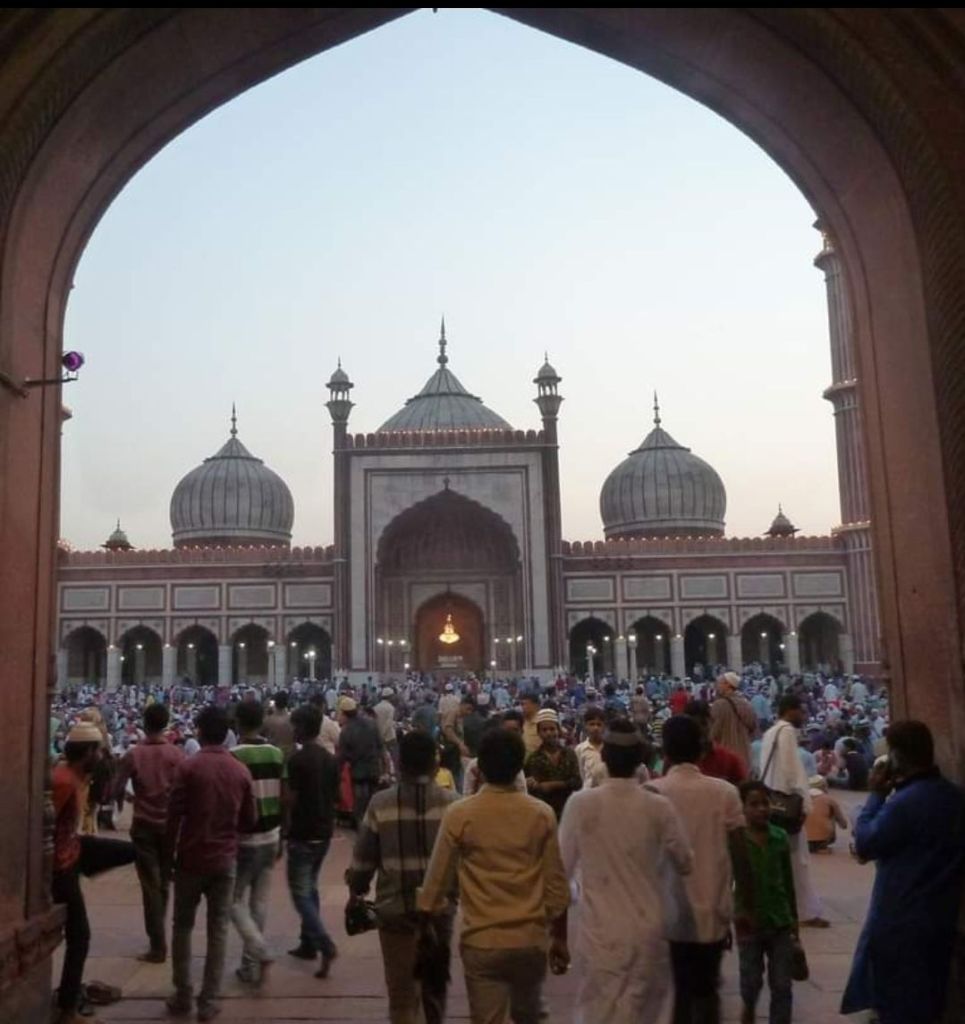
Interesting connection
Interestingly, both the First War of Independence of 1857 and the August of 1947 fell in the month of Ramzan. My journey researching the intangible history of Delhi revealed stories and events linked to the month. References to Ramzan in 1857 are rare but there are some people’s poems in basti Nizamuddin which were recited by late Khwaja Hasan Nizami Sani, head caretaker of the shrine referring to the mutineers entering Delhi in the month of Ramzan. This poem forms a part of oral history in the event of 1857 that was presented by the community of the neighbourhood as part of a local fair called Tesu Ka Mela.
The traditional neighbourhood mohalla Suiwalan in Old Delhi is where even now live several musician families among whom is the home of Ustad Iqbal Khan — Khalifa of Delhi Gharana of music. Quoting from his uncle’s diary, Iqbal Sahab narrated that in August 1947 some musicians gathered for meditating through music where the famous sarangi artist of Delhi Bundu Khan decided to play raga Deepak. Other artists tried to prevent him from playing the melodic mode which is known to ignite heat and anger, they pleaded that playing the raga will only serve to augment the violent energy already present in the environment. Ignoring, Bundu Khan started playing as if in deep prayers, others around him also became bewitched. The mehfil (gathering) ended only when it was time for sehri or pre-dawn meal, however, the musicians saw actual fires burning the neighbourhood. As a form of self-punishment, Bundu Khan went to Pakistan while Chand Khan remained with his family in India.
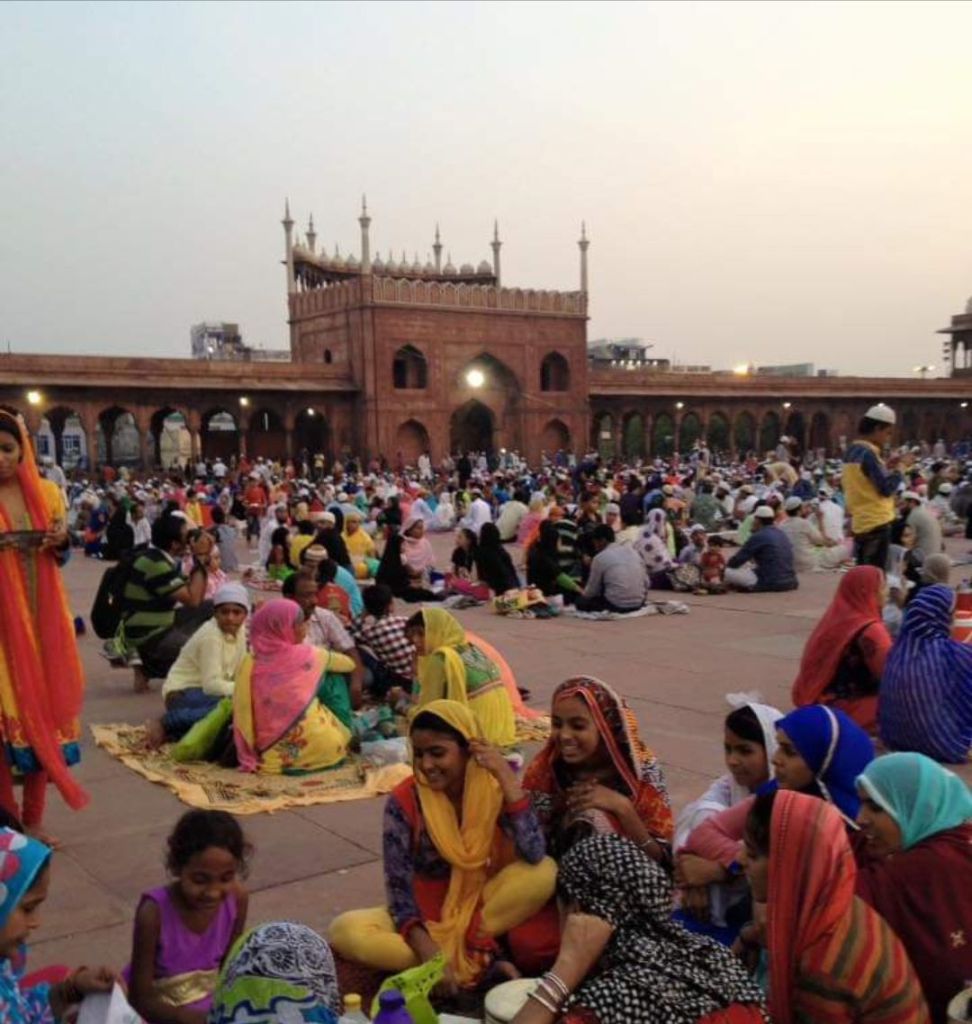
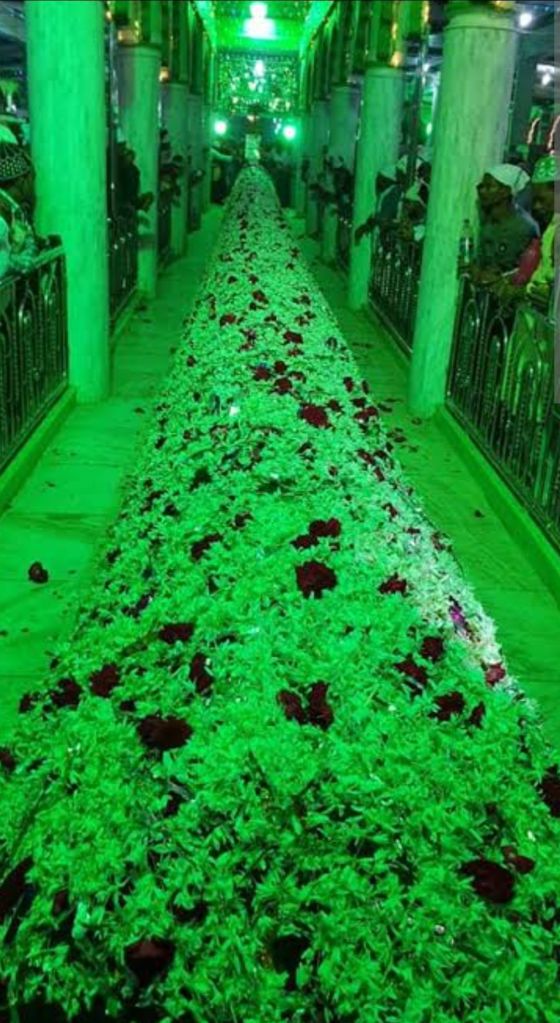
Hazrat Nizamuddin, the most popular of the Sufi mystics of Delhi, believed that Ramzan for him was not limited to one month, but its essence of practising discipline and restraint was meant for all days in the year. Vegetarian, he ate leftover rotis from the langar (community kitchen) dipped in water in the pre-dawn meal and fasted every day, says Syed Nizami heir of Khwaja Hasan Nizami.
The 17th day of Ramzan is celebrated as the Urs (or death anniversary) of Nasiruddin Muhammad Chirag-e-Dehli. “My Pir Khawaja Hasan Nizami Sani took it on himself that he will organise opening of fast at the Dargah in Chirag Delhi. Once when he went to prepare for Ramzan, he found that the ceiling of the tomb of Maulana Zainuddin, nephew of the saint, needed repairs. There were two costs to be met – organising the meals for the fasting people and for the ceiling. Money was not enough. Khawaja Sahab was restless and worried, when just a few days before Ramzan, his student from Botswana came and presented him with a diamond ring. Khwaja Sahab told his disciple to never look for the ring on his fingers since it was meant for another good deed.”
Historical anecdotes along with real time facts provide unique windows to the month of Ramzan in Delhi. For instance, while one is confronted by the vivid descriptions of streets, and small eateries around Jama Masjid in Old Delhi there are other cultural aspects which are normally not considered. In the area of the mosque are about 50-60 traditional professional calligraphers who do not see much future through calligraphic skills for lack of job work. Their average income per month is ten to fifteen thousand which includes supplement work of giving tuitions in calligraphy. However, as Ramzan approaches their job work and income increases with commissioned work to produce creative and attractive ritual calendars.
There is a saying that in Ramzan, shaitan (devil) is locked in a room, and all other doors are opened to bring in energies of paradise. Ghalib, known for his wit as much for his writings, was once playing chess in a closed room when a friend entered and reminded him that it was Ramzan and such vices were to be done away with during this period. Ghalib replied that it was in this very room that the devil was locked!
#navinajafa #ramadan #delhi #sufi #dargah #olddelhi
